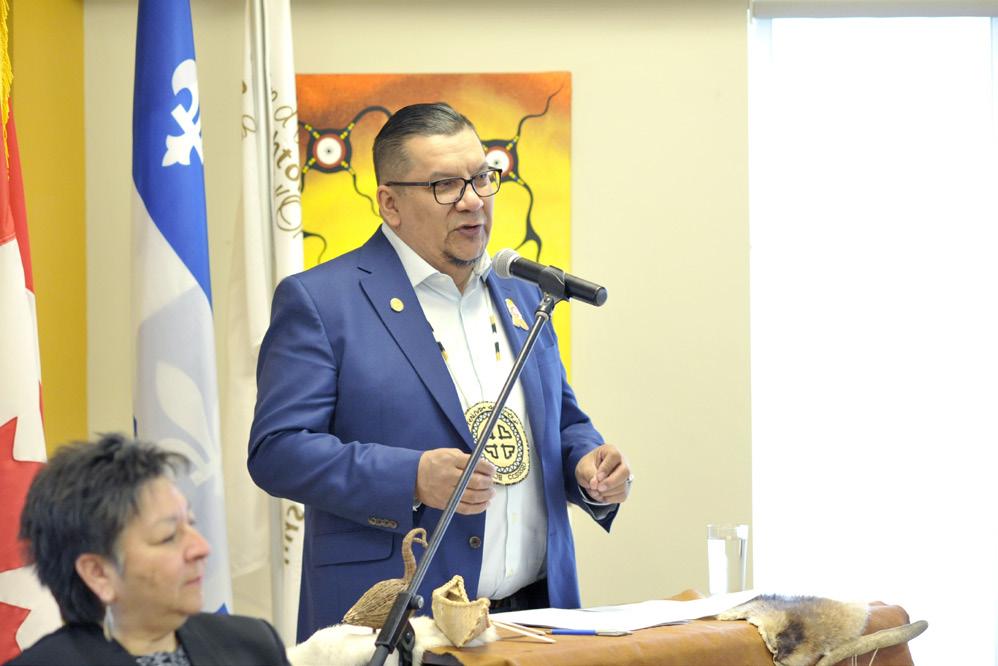
6 minute read
A‘Geo-Symbol’ for Val-d’Or
Cree patients to get new accommodations at rebuilt
Native Friendship Centre
Advertisement
by Patrick Quinn Local Journalism Initiative Reporter
Amajor renovation of the Val-d’Or Native Friendship Centre will improve accommodations for Cree patients staying in the city for healthcare services. A new five-storey pavilion will be constructed adjacent to the centre’s current building, on its existing parking space.
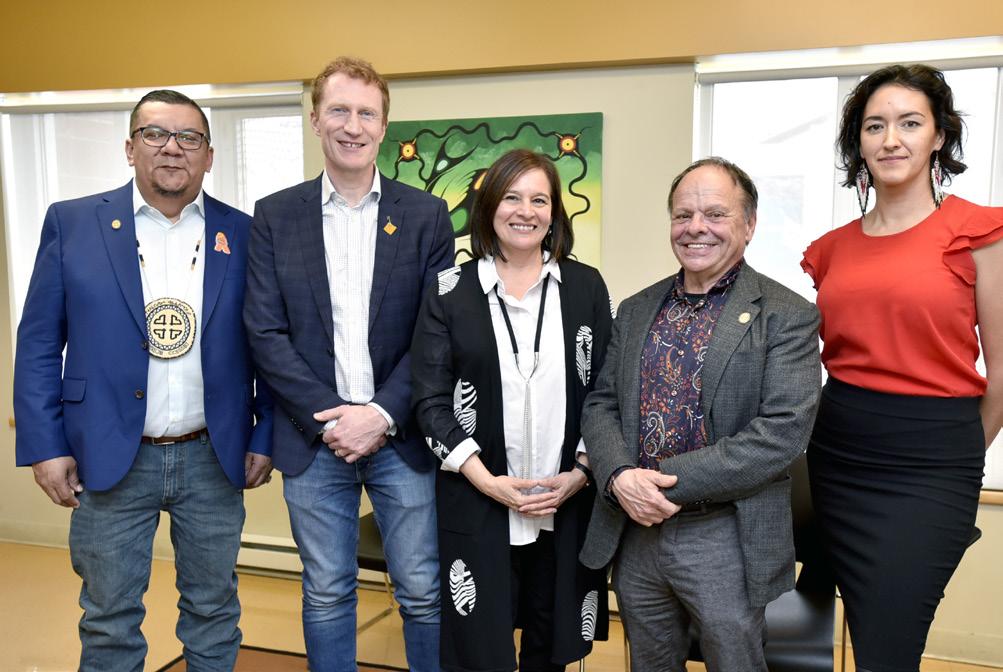
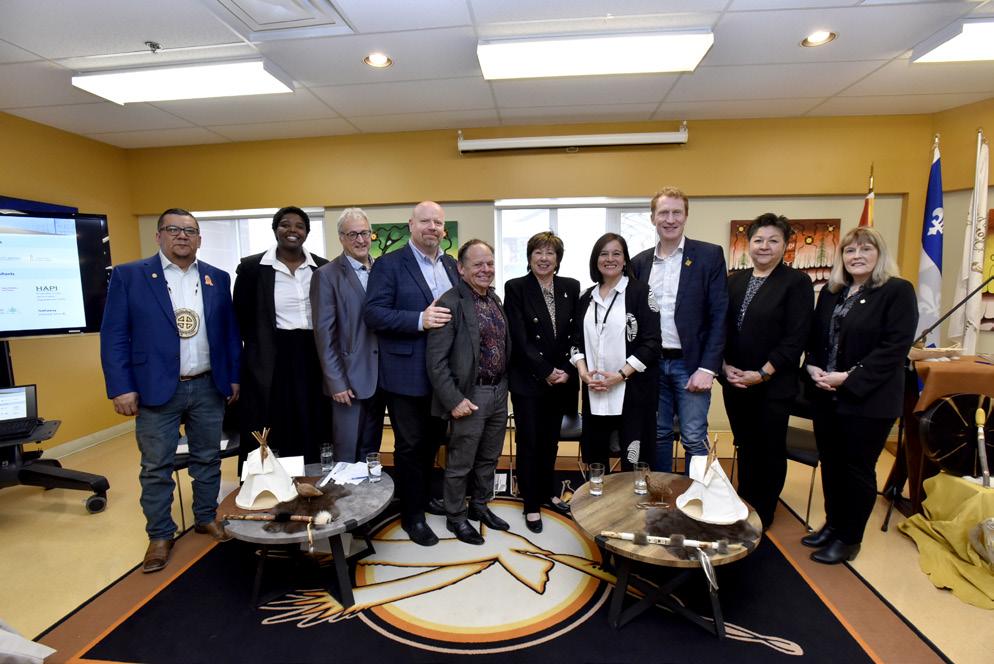
Federal Crown-Indigenous Relations Minister Marc Miller and provincial Indigenous Affairs Minister Ian Lafrenière announced the $60 million project in Val-d’Or May 1. Ottawa will contribute $40 million, with $10 million each from the Quebec government and the Fondation Lucie et André Chagnon.

“This project traces a path towards reconciliation and is part of a process of cultural safety and bridge-building between peoples,” stated Friendship Centre president Oscar Kistabish. “The contribution of Indigenous knowledge-carriers, artists and artisans gives the project an invaluable sense of purpose and identity.”
As the new pavilion will be carbon-neutral, energy efficient and resilient to climate change, Infrastructure Canada is budgeting $25 million of the federal funds for the new Friendship Centre, which will celebrate its 50th anniversary in 2024.
“We’re looking forward to the next 50 years with our healthy environment values,” said executive director Édith Cloutier. “A committee of knowledge carriers, artists and Elders accompanied the architects and engineers, anchoring this project in our identity. It’s going to be a ‘geo-symbol’ – a strong statement about who we are as First Peoples.”
The top three floors of the new building will house Cree patients and their caregivers, with 90 beds available in 48 rooms equipped with private washrooms. This facility will include communal areas specifically for Cree patients to socialize and prepare meals.
While the current service corridor between the Cree Health Board and the CISSS de l’Abitibi-Témiscamingue facilitates care for nearly 9,000 Cree patients and their caregivers each year, CHB executive director Daniel St-Amour said that a lack of accommodation forces more than 80% to stay in area hotels for four nights on average.
“For our clientele who need to move away from their community to receive healthcare, it is fundamental to ensure the best conditions during their stay,” said CHB chairperson Bertie Wapachee. “We acknowledge the efforts of the Native Friendship Centre to offer dedicated lodging and a safety to our clients, as well as a revitalized and welcoming environment that respects Indigenous culture and traditions.”
The new pavilion will also provide space for the growing needs of the Minowé health clinic – recognized as a province-wide model for urban Indigenous healthcare – where medical staff deliver culturally safe health and social services.
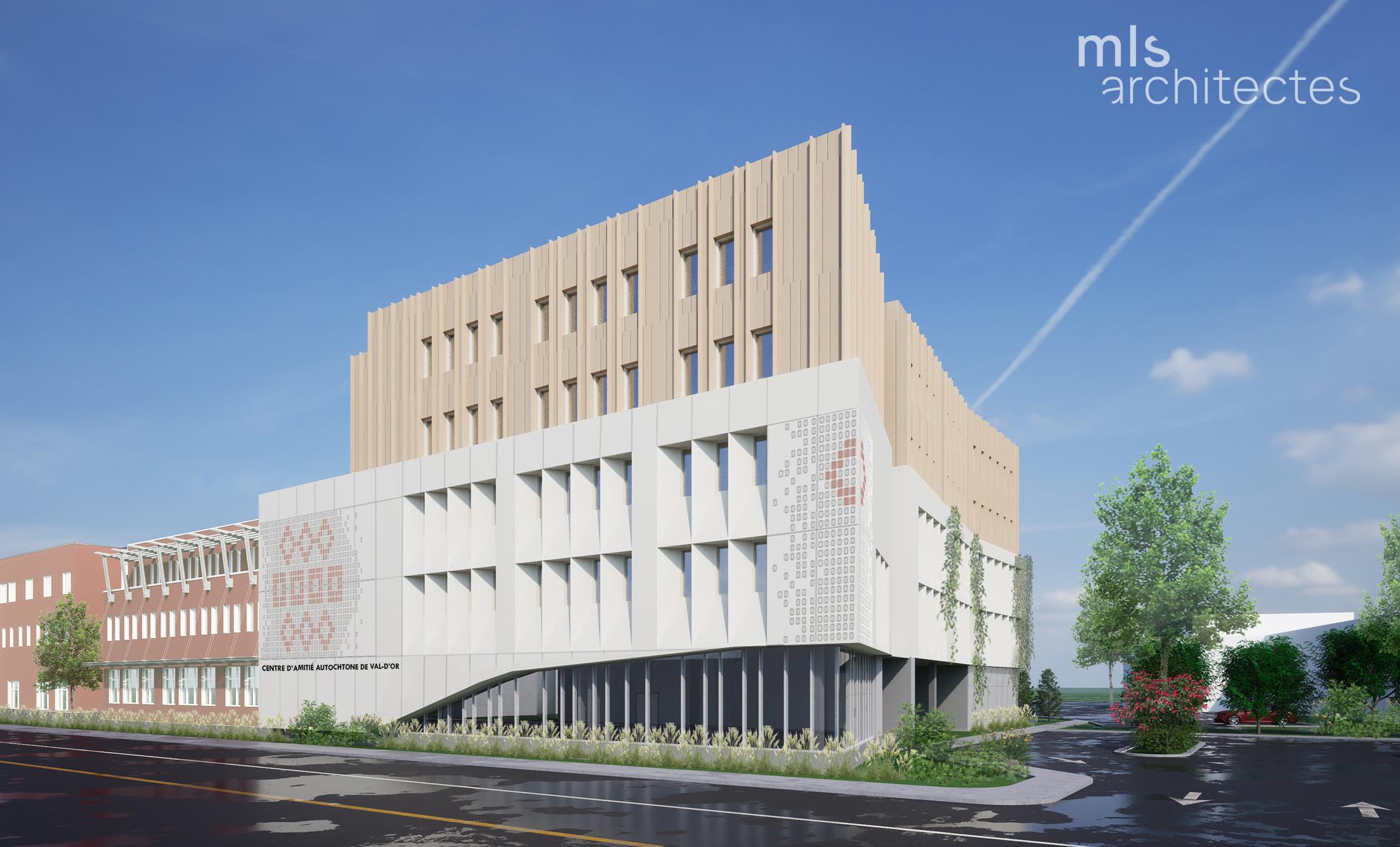
With new reception, cafeteria, offices and community gathering spaces for the overcrowded 25-year-old building, this development will allow the Friendship Centre to repatriate services currently dispersed among rented locations.
“The centre would like to add space for different community activities, specific spaces dedicated for Elders and youth, for our family and early childhood programs, and to renovate our daycare centre,” Cloutier told the Nation.
The centre’s diversified frontline services are keeping pace with a growing urban Indigenous population. Its grassroots initiatives provide a cultural connection.
“We work with other partners on homelessness programs to support our people who are most vulnerable, but at the other end we also have training programs for young adults who want to access the labour markets,” Cloutier explained. “It’s just part of being connected with our community – we always take that challenge.”
Along with a day respite centre for the homeless, the centre’s social-housing project provides 24 apartments for Indigenous families with specialized services to promote a positive living envi- ronment. Cloutier said that demand is so high for this housing that they could build another tomorrow morning and it would still be full.
Construction is expected to begin in the spring of 2024 and be completed in 2026. It will increase capacity for a wide range of services, including psychosocial intervention, justice access, skills development, cultural activities and an artisan marketplace.
“This Friendship Centre is becoming an urban Indigenous governance model that is promoting self-determination through community development,” asserted Cloutier. “It’s taking recommendations off the shelves of national inquiries to truly put them into action. We feel we’re contributing concretely at a locallevel to make reconciliation happen.”

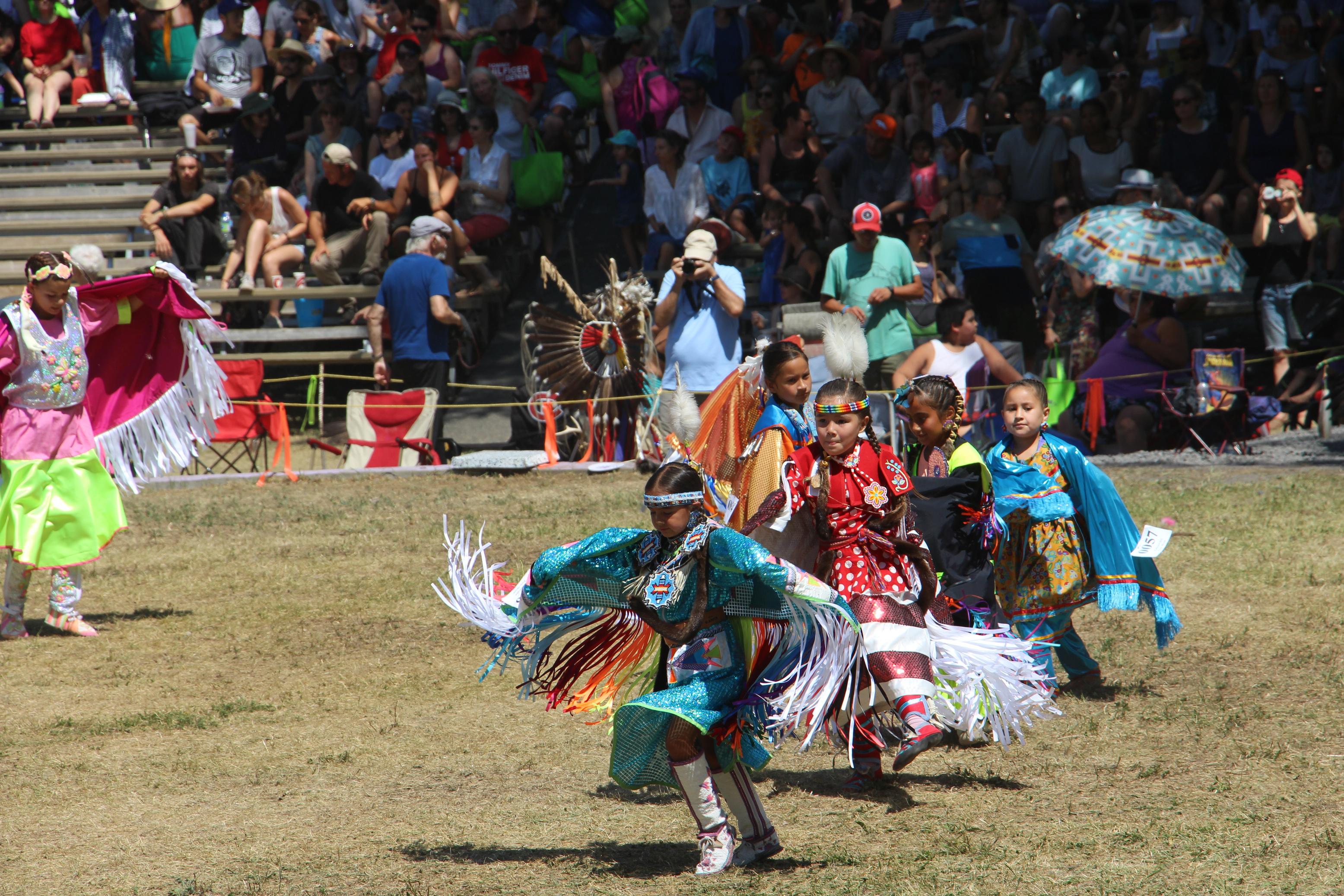

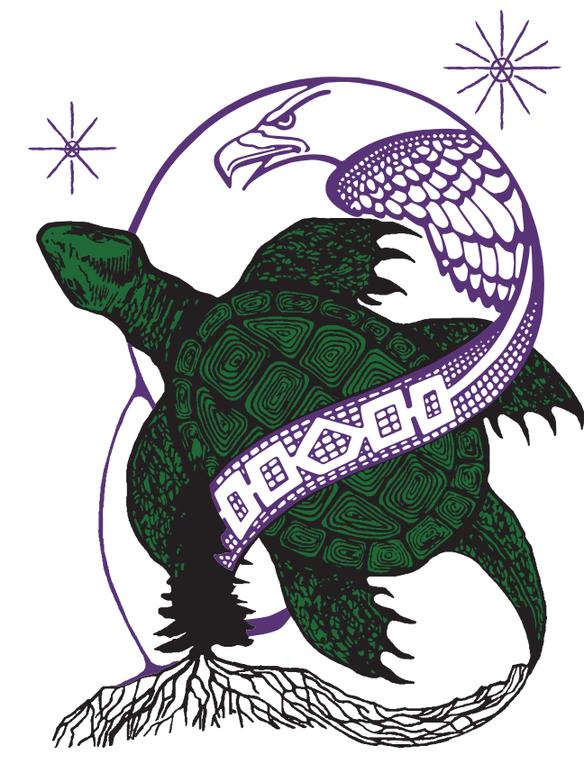
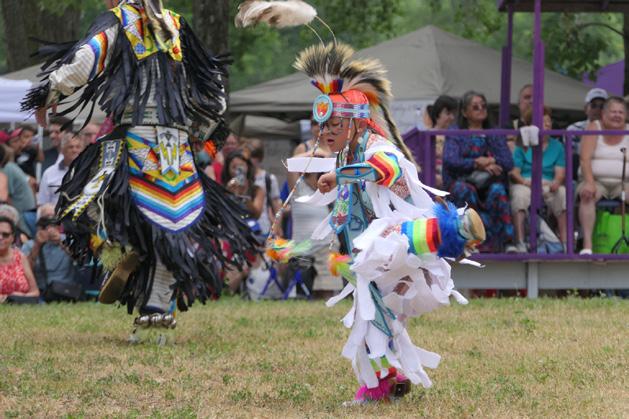
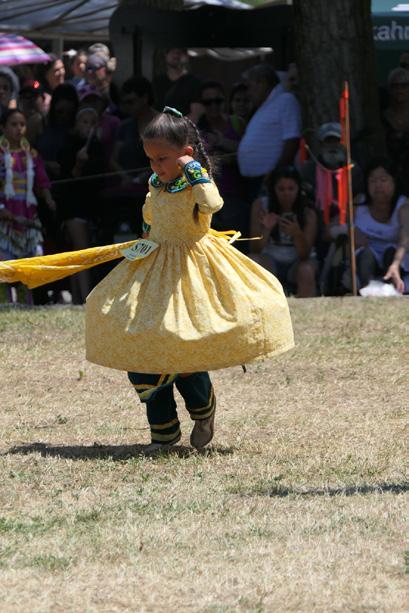



Language Frictions Heat Up
Indigenous leaders are demanding the Quebec government drop plans for a provincial law that would supposedly protect ancestral languages, asserting that only Indigenous communities should determine their language policies.
“Quebec has no jurisdiction on language laws, and we want for them to leave it alone and let us handle it,” said Kahnawake Grand Chief Kahsennenhawe Sky-Deer. “We want them to know that we are firmly opposed to provincial interference in our communities. We’re telling you, ‘No!’ and they are not paying attention.”
Indigenous Affairs Minister Ian Lafrenière plans consultations on the proposed legislation in Val-d’Or, Uashat, Montreal and Kuujjuaq during May and June.
The Assembly of First Nations Quebec-Labrador also opposes the initiative, arguing that Quebec should not legislate without the agreement of First Nations governments and that the process contravenes inherent rights to self-determination and self-government.
“The government of Quebec must listen to reason and halt these insidious assimilation methods that date back to another era,” declared AFNQL Chief Ghislain Picard.
On April 20, the AFNQL and the First Nations Education Council filed a legal challenge in Quebec Superior Court over the Act respecting French, the official and common language of Québec, known as Bill 96 before it was adopted by the National Assembly and became law last June 1. They contend the law aggravates existing obstacles to the aca- demic and professional success of Aboriginal learners.
“We’ve tried and we’ve tried to work out a solution but there’s just a refusal to make any modifications,” explained Chief John Martin of the Gesgapegiag Mi’kmaq community in the Gaspé. “There is no nation on the planet that is going to impose legislation on another nation and their language.”
The Cree Nation Government announced it will not participate in the consultation process, instead requesting discussions on a nation-tonation basis. The CNG argues that the JBNQA and other agreements impose tailored consultations that respect Quebec’s treaty obligations to the Cree.
Grand Chief meets Trudeau
Grand Chief Mandy GullMasty joined other First Nation, Métis and Inuit leaders from across the country in a meeting of Modern Treaty and Self-Government Partners with Prime Minister Justin Trudeau May 8.
The exchanges were focused on nation-to-nation relationships, recognizing the potential of treaties and self-government agreements, and implementing strategies to foster well-being and healthy communities. Leaders shared their visions of their nation’s futures and expressed that a whole-of- government approach framed by mutual respect and openness are necessary to affect systemic changes within the federal government.
“These principles should never be taken for granted,” said Gull-Masty. “They are the foundation of our relationship and partnership with Canada, and their implementation will contribute to advancing reconciliation between Canada and Indigenous Nations. Full compliance with these principles will be critically important in order to make meaningful progress in remaining areas, such as language, culture, that once housed CN’s railway workshops became a reclaimed space for a network of knowledge keepers, Elders, students and families. The collective helps Indigenous people living in Montreal to reconnect to land-based prac- health, education, and social and economic development.”
The federal government announced an updated treaty implementation policy February 28 at annual conference of the Land Claims Agreement Coalition. The policy supports the negotiation of modern treaties that provide a way for Indigenous nations to leave the Indian Act.
Since the first modern treaty, the James Bay Northern Quebec Agreement, was signed with the Cree Nation in 1977, 25 other nations have negotiated modern treaties. They are usually tripartite, including the province or territory. More than 70 Indigenous groups are currently negotiating modern treaties.
Buckskin Babes set up hide camp
A group known as the Buckskin Babes Urban Moosehide Collective organized their third camp since 2021 in a shared community space in Montreal’s PointeSaint-Charles neighbourhood.
For a week in early May, the former industrial area tices and Elders’ traditional knowledge.
“We’re taking it back,” said co-founder Autumn Godwin, a graduate student at Concordia University who is from Montreal Lake Cree Nation, north of Saskatoon. “We need to be in these circles. We’re all finding moments of healing, but we’re also finding moments of solidarity.”
Gracie Ratt, a cultural educator from the Algonquins of Barriere Lake, brought pelts of beaver, otter, deer and moose to the city. Around a picnic table, teepee and fire, Ratt and other Elders shared their experience using handmade tools to de-flesh and scrape moose and deer hides.
“My motivation is keeping the culture, language, just to preserve it, especially for our youth,” Ratt told CBC Indigenous. “Also, to preserve the animal, the animal fur, the meat. These are the things that the youth need to know – to preserve the knowledge.”







